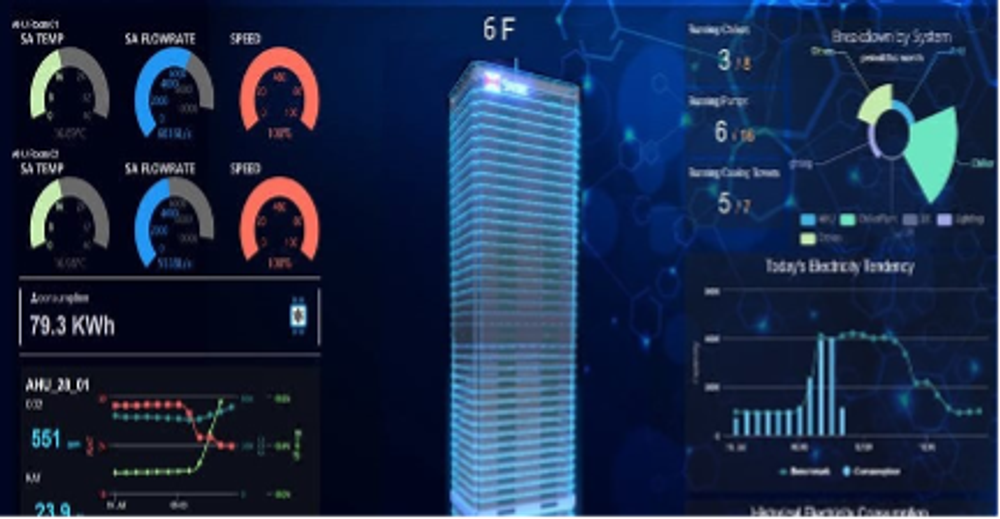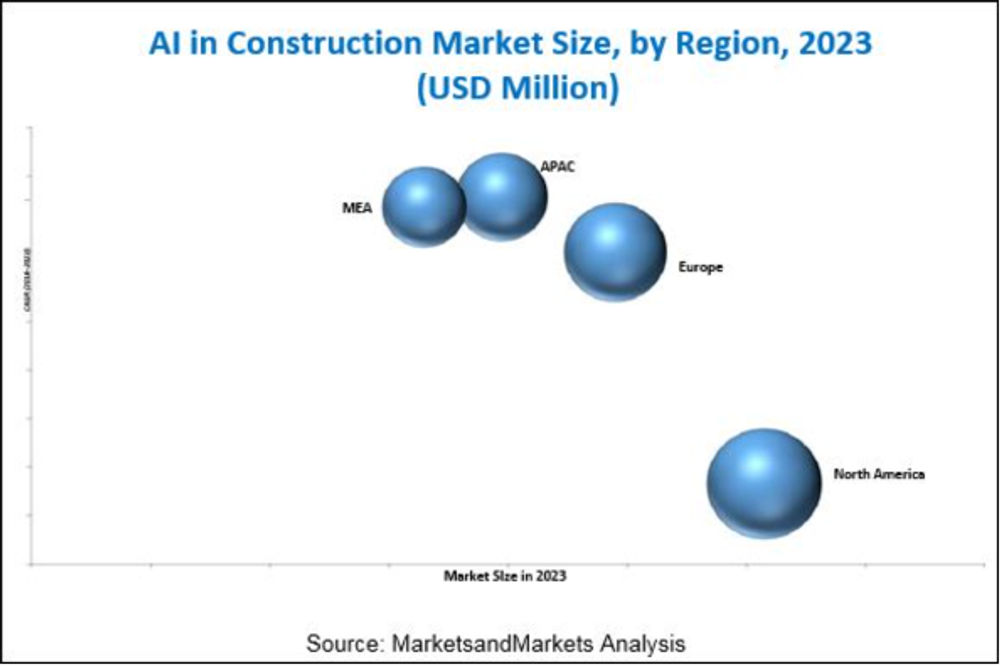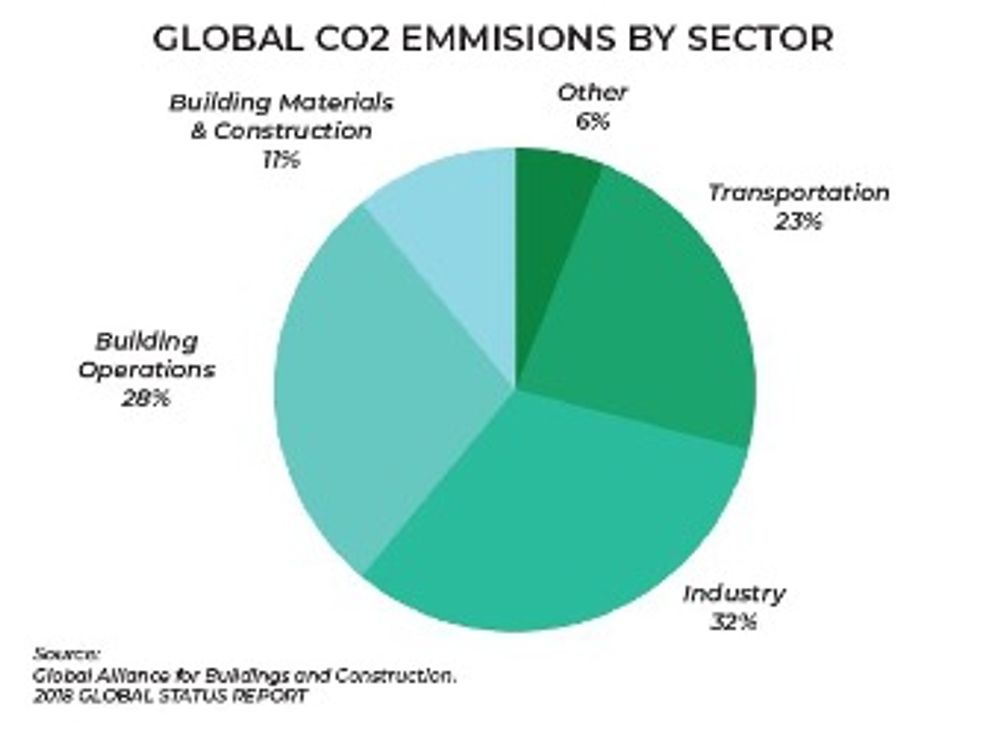- Smart Buildings optimise energy use with advanced technologies and IoT systems to minimise carbon footprints and operational costs.
- Smart Buildings enhance user experience by providing comfortable, healthy indoor environments, which boost tenant well-being and productivity, ultimately increasing profitability.
- In the long run, Smart Buildings deliver strong returns on investment, future-proofing properties and ensuring their long-term relevance and competitiveness.
In a world grappling with climate change and economic volatility, Smart Buildings emerge as a beacon of hope. These high-tech structures blend sustainability with profitability, demonstrating that environmental responsibility and financial success can go hand in hand. This article takes a deep dive into the world of Smart Buildings, revealing how they balance energy efficiency, user comfort and return on investment, all while contributing to a greener future.
The Energy Efficiency Revolution: Optimising Building Operations
In the age of global warming and environmental consciousness, the energy efficiency revolution is picking up pace, with Smart Buildings leading the charge. These technologically advanced structures redefine the balance between sustainability and profitability, proving that both can coexist seamlessly.
This revolution is largely driven by the optimisation of building operations, a factor that's fundamentally transforming our built environments while contributing significantly to carbon footprint reduction. Smart Buildings, at their core, are about optimising energy use. By using interconnected systems and Internet of Things (IoT) technology, they're able to monitor and adjust energy consumption in real-time.
The Role of Building Management Systems (BMS)
The backbone of any Smart Building is its Building Management System (BMS). This intelligent system collects and analyses data from various sensors placed throughout the building. The output? A building that can autonomously adjust heating, cooling and lighting systems to conserve energy, all while maintaining optimal comfort for its inhabitants. An example is the BMS developed by Neuron Digital Group, a joint venture between Arup and Venturous Group. It’s a full-stack digital platform optimised for buildings, offering a cloud-based integrated technology platform with digital twin, AI, and big data capabilities to reduce energy costs by up to 30% while improving occupant comfort and enabling data-driven optimisation decisions [1]. The International Energy Agency reports that BMS technology could reduce global building energy consumption by 10% [2].

Future Trends
AI and Machine Learning Artificial Intelligence (AI) and Machine Learning (ML) are set to take the energy efficiency revolution in Smart Buildings to new heights. By learning from past data, these systems can predict and optimise energy usage more effectively, driving further savings and sustainability. According to Markets and Markets, the AI in the construction market is expected to grow from US$407 million in 2018 to US$1.8 billion by 2023, a clear indication of the future trajectory [3]. Cleverly integrating technology, sustainability, and profitability, the energy efficiency revolution in Smart Buildings is a beacon of hope in a world grappling with climate change. As we continue to optimise building operations, we can look forward to a future where sustainability and profits walk hand in hand, driven by the power of Smart Buildings.

From Energy Efficiency to Profitability
While the environmental benefits of Smart Buildings are clear, they also offer remarkable profitability. Optimising building operations through energy efficiency allows for significant cost savings. A study by the American Council for an Energy Efficient Economy (ACEEE) found that commercial buildings could save up to US$60 billion if energy efficiency improvements were increased by 1-4% [4].

With their advanced systems and sensors, Smart Buildings are capable of predictive maintenance, identifying potential issues before they become costly problems. This not only reduces maintenance costs but also extends the lifespan of building systems. IBM found that predictive maintenance can reduce maintenance costs by 25% to 30%, highlighting the cost-saving potential of Smart Buildings [5].
Resilience Against Changing Market Conditions
User expectations constantly evolve, with increasing demand for comfort, convenience, and health in built environments. Smart Buildings, equipped with advanced systems to monitor and adjust indoor conditions, can adapt to changing user expectations, enhancing the user experience over time. With their advanced features and sustainability credentials, Smart Buildings are also more resilient against changing market conditions.
Future-proofing with Sustainability
In an era marked by rapid technological advancement and evolving sustainability standards, future-proofing investments are crucial for building owners. Smart Buildings are designed to adapt to technological advancements. Their flexible and scalable infrastructure allows for easy integration of new technologies, ensuring they remain up-to-date with the latest innovations for data extraction, catering to the everchanging sustainability requirements. As sustainability standards become stricter, buildings that fail to meet these standards risk losing their competitive edge. A report by Deloitte suggests that buildings with advanced technological capabilities are less likely to become obsolete, protecting the investment of building owners [6].
Financial Returns and Profitability
While Smart Buildings contribute to sustainability, they also deliver impressive financial returns. From energy savings to increased property value and rental income, these buildings offer a strong return on investment. A World Green Building Council study found that green buildings, including Smart Buildings, can yield a 7% increase in asset value over traditional buildings [7].
Taking Advantage of Incentives
Many governments offer financial incentives for energy-efficient buildings, from tax credits to grants. By investing in Smart Buildings, owners can take advantage of these incentives, further boosting their ROI. For instance, the U.S. Department of Energy offers a variety of incentives for energy efficiency improvements in commercial buildings [8].
With their significant energy savings, enhanced property value, and ability to attract and retain tenants, Smart Buildings present a compelling investment opportunity. By understanding the ROI equation, investors and building owners can make informed decisions, leveraging the advantages of Smart Buildings to balance sustainability and profits. As the Smart Building revolution continues, the business case for these high-tech structures becomes increasingly clear.
Embracing the Future
Throughout this exploration of the importance of Smart Buildings in balancing sustainability and profits, a common thread emerges - the transformative power of these structures. From redefining energy efficiency and harnessing renewable energy, to enhancing user experience and future-proofing investments, Smart Buildings present a compelling model for a sustainable and profitable future.
These state-of-the-art structures are not just buildings; they are dynamic ecosystems that optimise energy consumption, improve indoor environments, and offer substantial financial benefits. The advanced technologies integrated into Smart Buildings make them adaptable and resilient, ensuring their relevance in an ever-evolving technological landscape.
But beyond their technological prowess, Smart Buildings represent a paradigm shift in how we perceive and interact with our built environment. They show that sustainability and profitability are not at odds, but can be harmoniously balanced to mutual benefit. This balance is not just about reducing costs and carbon footprint; it's about creating buildings that enhance human well-being, productivity, and satisfaction.
As we look to the future, the role of Smart Buildings is set to become even more significant. With climate change and environmental sustainability high on the global agenda, and technology advancing at an unprecedented pace, the demand for Smart Buildings is likely to increase. For building owners, investors, and occupants alike, understanding and embracing the benefits of Smart Buildings is not just a wise move—it's an essential one.
So, as we stand at the crossroads of sustainability and technology, the path forward is clear. Smart Buildings are not just the future of our built environment—they are the future of a sustainable and profitable world. It's time we embrace this future, understanding that our actions today will define our world tomorrow. Are you ready to step into the future of Smart Buildings?
Resources
[1] Press Release: Neuron Digital Group, a Joint Venture Between Arup and Venturous Group to Redefine and Digitalise the Built Environment, is Launched and Fully Operational [2] International Energy Agency: Energy System — Buildings [3] Markets and Markets: Artificial Intelligence in Construction Market [4] Intelligent CIO: Four Ways Smart Building Technology Creates Sustainable Environment [5] IBM: Predictive Maintenance [6] Deloitte Insights: Smart Buildings [7] World Green Buildings Council: Beyond the Business Case [8] Office of Energy Efficiency and Renewable Energy: Tax Incentives for Energy-Efficiency Upgrades in Commercial Buildings







